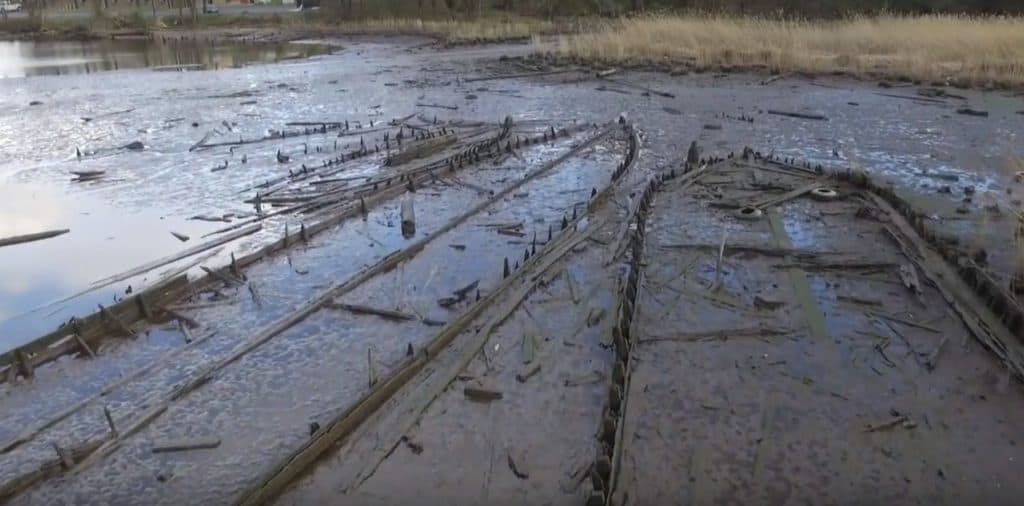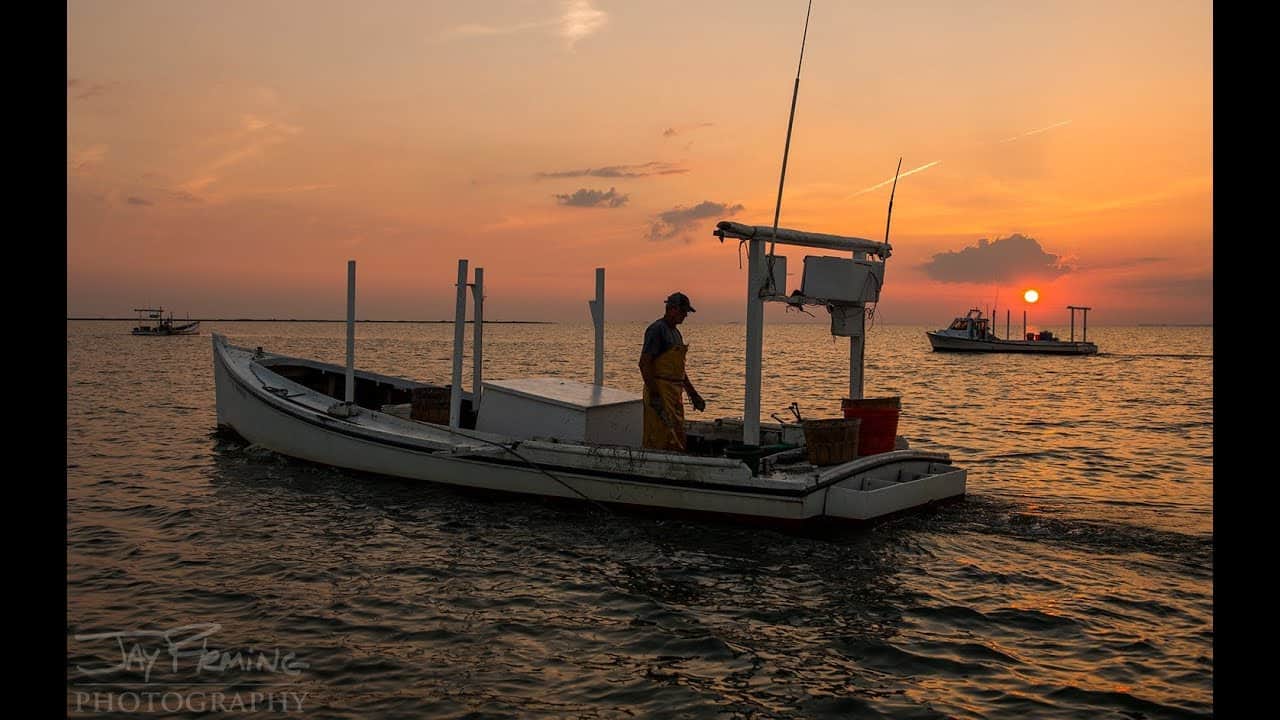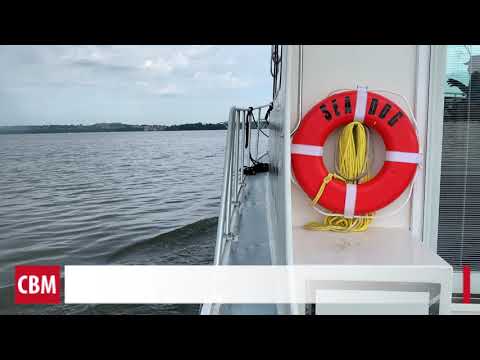When a forester stumbled upon a small log canoe on the banks of the Nansemond River in Suffolk two years ago, he probably didn’t guess it would lead to a graveyard of larger wooden boats dating back to the 19th century.
The Riddick’s Folly House Museum and the Suffolk-Nansemond Historical Society swooped in to carefully move the canoe’s remains to the museum.
The Nansemond’s tide (one of the strongest in the Chesapeake system) was low that day, and the crew “saw a lot of sticks coming out of the mud in the cove beside the canoe,” says local historian Kermit Hobbs.
Those sticks would turn out to be shipwrecks. Hobbs captured drone video of the skeletons. Watch below:
Hobbs and his team took their find to John Broadwater, Underwater Archaeologist at the Virginia Department of Historic Resources, which provided a small grant to survey the site. Brendan Burke at the Lighthouse Archaeological Maritime Program (LAMP) of the St. Augustine Lighthouse & Maritime Museum got involved. LAMP’s scientists visited the site in September, ironically during that month’s extra-high tides.
The high water actually allowed them to record sidescan sonar images of the wrecks from a small johnboat, and when the tide fell, they were able to examine, photograph, and measure the hulks.
Between the sonar images, the photographs, and the measurements, the LAMP crew will build a three-dimensional image of one of the wrecks, a bugeye possibly associated with the large William McAnge oyster packing operation that prospered nearby in the late nineteenth century.
The next step is for the LAMP crew to return on January’s exceptionally low tides to collaborate with a team from Longwood University using laser-scanning equipment.
Burke, a Virginia native, is excited by the way the Nansemond’s mud has preserved the ghost fleet. He expects the study to yield multiple insights into design and construction of these vessels that contributed greatly to Suffolk’s waterfront in that era. Bay Bulletin will follow the story as it unfolds.
-John Page Williams




